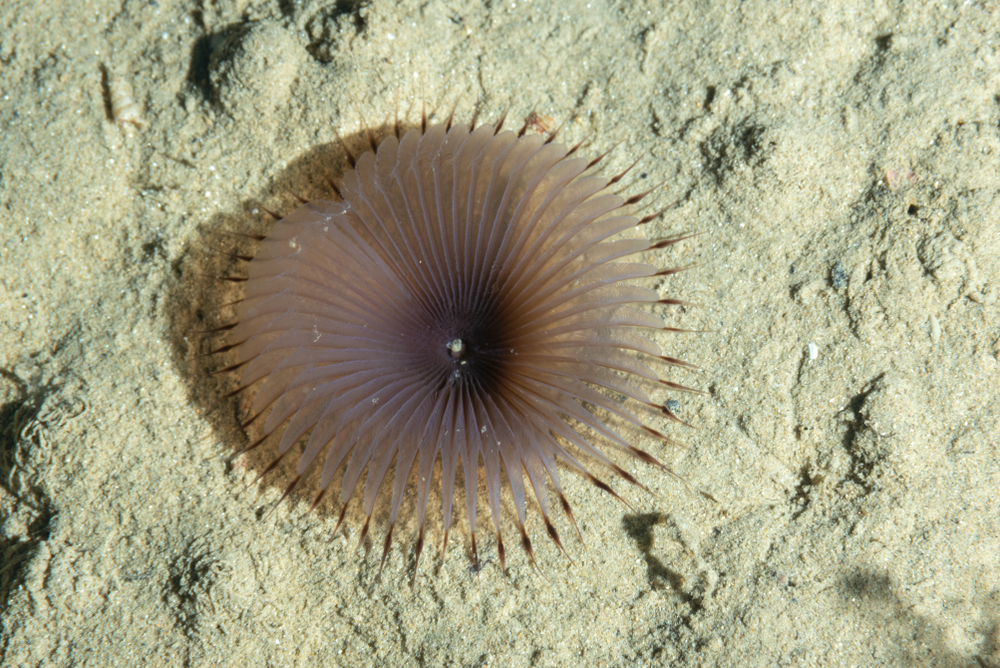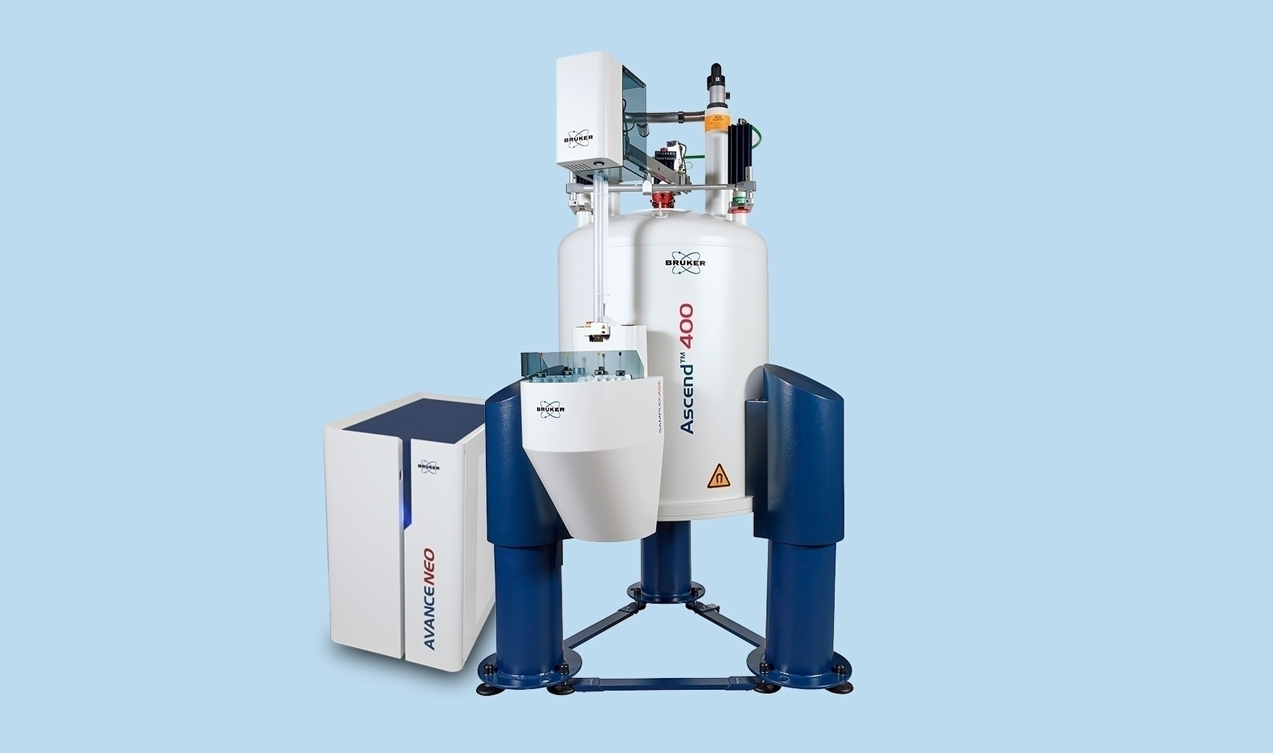

Discovering Marine Antibiotics using Multidimensional NMR
“…lysozyme from M. infundibulum mucus could be a great prospect in drug discovery as a new antimicrobial agent”
Antibiotics represent a medical breakthrough enabling people to recover from serious bacterial infections that would otherwise be fatal. However, as a result of overuse, several bacterial strains have acquired resistance to many antibiotics making infections more difficult to control.
This is of particular concern with the antibiotics that are considered to be among the most efficacious and reserved for use in the treatment of serious infections. The search for new antibiotics has thus been intensified to avoid a return to the pre-antibiotic era where infection was associated with severe morbidity and mortality.
Many modern antibiotics have been synthetically created to improve efficacy and manufacturability. Now, researchers are looking to nature for novel compounds with antimicrobial activity that could lead to the development of new antibiotics.
It is known that slow-moving marine invertebrates are prone to bacterial infections. Thus, it follows that they must have some antimicrobial mechanisms at work to protect themselves. Indeed, research has shown that they secrete several compounds with antimicrobial or antioxidant activity. A commonly found antibacterial strategy is a lysozyme-like activity that damages the bacterial cell wall by hydrolysis of the β1–4 glycoside bond between N-acetylmuramic acid (NAM) and N-acetylglucosamine (NAG).
Polychaetes, also known as bristle worms, are marine invertebrates that produce copious amounts of protective mucus in a variety of different forms. Although analysis of the main body cavity of these organisms, known as the coelom, has reported lysozyme-like activity, there has been little research on the external mucus.
A detailed characterization of the mucus of the polychaete M. infundibulum has recently been completed. Following determination of the elemental composition, a more thorough analysis was conducted by multinuclear and multidimensional nuclear magnetic resonance (NMR) spectroscopy using a Bruker Avance III 400 MHz spectrometer.
The mucus, unsurprisingly, was comprised mainly of water but included a significant concentration of inorganic elements, notably chloride and sodium, which are likely due to evaporating seawater. The most prevalent organic component was protein, which was separated into at least seven major protein bands. The most abundant amino acids were valine, leucine, and alanine. In addition, NMR analysis identified the presence of pyroglutamic acid that forms spontaneously from the amino acid L-glutamate.
The natural antibacterial lysozyme-like activity was evident within the mucus of M. infundibulum. Interestingly, the lysozyme activity was limited to one of the seven major protein bands, which was identified as a known marine adhesive protein.
Antioxidant activity was also apparent and confirmed with a Trolox Equivalent Antioxidant Capacity (TEAC) assay.
Mucus from marine invertebrates thus provides a potential source of bioactive compounds for biotechnological applications. The promising findings from this latest research indicate that further research with M. infundibulum mucus could potentially lead to the development of novel antibacterial agents.
Reference:
Stabili L, et al. Mar. Drugs 2019;17:396. doi:10.3390/md17070396

